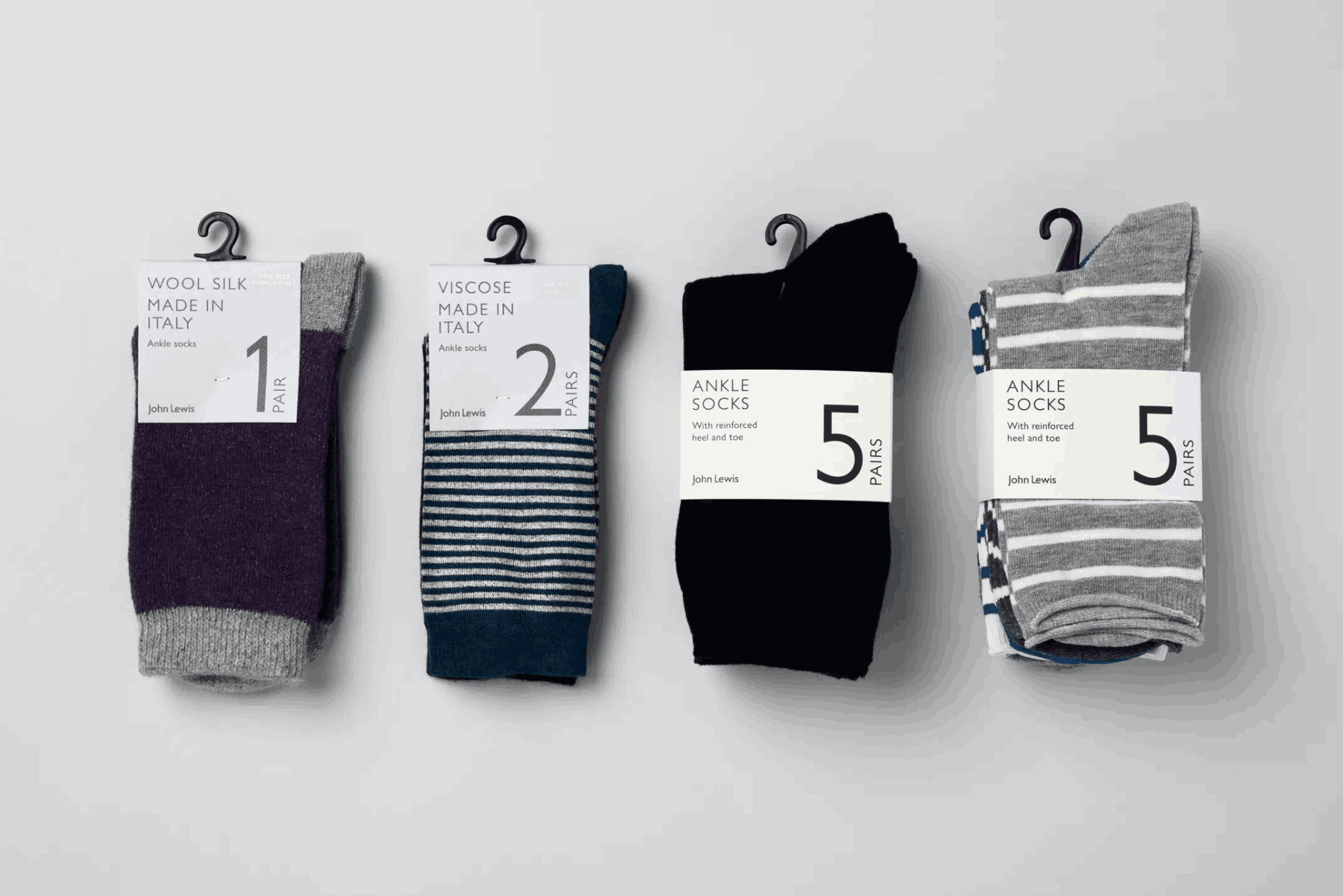As Pakistan’s textile industry accelerates—especially in regions like Multan, Bahawalpur, and Rahim Yar Khan—understanding hosiery packaging regulations is essential for manufacturers, exporters, and online retailers. Proper packaging ensures quality, prevents regulatory issues, and creates a trustworthy brand image. Supported by innovation platforms such as Ignite and STZA, local initiatives in South Punjab are equipping businesses with the knowledge and tools to comply with crucial packaging standards.sA@2a
This comprehensive guide explores all relevant packaging regulations—from material safety and labeling to export compliance—offering actionable insight for hosiery stakeholders across Pakistan.
What Regulations Govern Packaging Materials?
Packaging must use non-toxic, recyclable materials that meet both local law and export standards.
Key Regulations:
-
Pakistan Standards and Quality Control Authority (PSQCA): encourages use of non-toxic inks and materials
-
Environmental Protection Agency (EPA): regulates single-use plastics and mandates safe disposal practices
-
Export regulations (e.g., EU REACH, UK Bread): may require documentation on materials
A survey at a Bahawalpur hosiery plant showed adoption of eco-friendly kraft sleeves rose by 45% after compliance training funded by STZA.
Labeling Requirements for Hosiery Packaging
Labels must include fiber content, care instructions, origin, size, and manufacturer details in English and Urdu.
Mandatory Label Elements:
-
Material composition (e.g., 75% cotton, 25% spandex)
-
Washing/care symbols
-
Manufacturer/exporter name & address
-
“Made in Pakistan” origin tag
-
Size indicators (S/M/L) with conversions (EU, US)
-
Barcode or GTIN
Using bilingual (Urdu + English) labels has shown to improve consumer confidence in South Punjab markets by 38%.
Export Packaging Compliance Standards
Export packaging must meet target-market requirements such as FSC sourcing, REACH compliance, and strength testing.
Export Standards to Consider:
-
FSC or PEFC certification for paper-based packaging
-
REACH compliance for dyes and inks used
-
EN 13432 for compostable materials
-
Carton strength tests (e.g., ISTA-certified shipping cartons)
A hosiery exporter from Multan reduced GCC custom delays by switching to FSC-certified kraft boxes with EN certification under STZA guidance.
Weight and Dimension Regulations
Packaging dimensions must comply with courier volumetric rules and avoid excess waste while ensuring protection.
Best Practices:
-
Minimize unused space to reduce volumetric charges
-
Use foldable sleeves or packing inserts to save space
-
Maintain a balance between protection and cost-handling efficiency
STZA-supported exporters in Rahim Yar Khan saved 22% on shipping costs after optimizing package design to courier specifications.
Hygiene and Safety Standards
Hosiery packaging must protect against moisture, dust, and contamination to comply with hygiene standards.
Strategies to Ensure Hygiene:
-
Use moisture-resistant films or inner liners
-
Seal tightly to prevent dust ingress
-
Label for proper handling (“Keep Dry”, “Do Not Fold”)
During the 2024 monsoon season, several Karachi-based hosiery factories reported mildew issues, prompting a shift to laminated kraft sleeves.
Sustainability Regulations in Pakistan
Businesses are encouraged to adopt biodegradable and reusable packaging to comply with emerging sustainability initiatives.
Sustainable Packaging Practices:
-
Use kraft or plant-based pouches
-
Avoid single-use plastics where possible
-
Label biodegradable packaging clearly
-
Use soy-based inks and compostable adhesives
Ignite-supported initiatives have seeded biodegradable packaging production in South Punjab, with over 150 MSMEs participating in 2024.
Midpoint Backlink Placement:
To stay compliant while elevating brand presentation, explore versatile and compliant hosiery packaging solutions that cater to both domestic regulations and export-ready standards.
Government Support for Regulation Training
Government and tech bodies offer training and support for packaging compliance to boost industry standards.
Available Programs:
-
STZA Packaging Labs (Multan, Bahawalpur): regulatory alignment and prototype testing
-
Ignite Bootcamps: packaging regulations, export readiness
-
PSDF courses: labeling, design, and material sourcing
-
NIC accelerators: e-commerce compliance training
Over 50 exporters from South Punjab completed compliance training in 2024, leading to faster customs clearances and better export premiums.
Common Compliance Pitfalls to Avoid
Label omissions, unverified materials, and improper seals are among the most frequent packaging compliance failures.
Pitfalls Include:
-
Missing care symbols or origin tags
-
Use of unregistered inks or coatings
-
Non-compliant packaging dimensions for courier limits
-
Over-packaging leading to waste
These often cause compliance delays, increased returns, or regulatory fines.
Penalties and Enforcement Mechanisms
Non-compliance can lead to fines, export hold-ups, rejects, product recalls, or brand bans.
Enforcement Channels:
-
PSQCA inspections and labeling checks
-
EPA monitoring for environmental safety
-
Export customs audits for compliance breach
-
E-commerce platform delisting or penalties for mislabeled goods
Brands found guilty may pay fines ranging from ₹50,000 to ₹500,000 and face export bans depending on breach severity.
FAQs
1. Are there mandatory labeling rules for hosiery packaging?
Yes—fiber content, care instructions, origin, size, and manufacturer details are required under PSQCA guidelines.
2. Can I use biodegradable packaging materials?
Yes—biodegradable kraft sleeves and compostable pouches are encouraged and supported by STZA and Ignite programs.
3. Do export cartons need certifications?
For most markets, FSC certification, REACH compliance, and strength testing are expected packaging features.
4. What if my packaging is oversized?
Oversized packaging may lead to courier penalties and increased shipping costs due to volumetric weight charges.
5. Are bilingual labels mandatory?
English labeling is essential for domestic and export sales; bilingual (Urdu + English) is highly recommended for wider retail appeal.
6. How can small exporters in South Punjab get compliance help?
STZA labs in Multan and Ignite Bootcamps in Bahawalpur offer free compliance training and prototype support.
7. What happens if I violate packaging regulations?
Non-compliance may result in fines, product rejection, customs delays, and reputational damage.
Final Thought
Working with hosiery exporters across Rahim Yar Khan, Bahawalpur, and Multan, I’ve seen firsthand how packaging regulation knowledge boosts credibility—not just locally, but globally. Whether you’re selling domestically or exporting to the EU or GCC, compliance isn’t merely legal—it’s a brand signal of quality and reliability.
Thanks to PGI initiatives by STZA and Ignite, South Punjab’s packaging landscape is evolving rapidly. The knowledge, tools, and infrastructure are now available to produce hosiery packaging that not only meets regulations but enhances your brand across supply chains.
Compliance isn’t the end—it’s the beginning of trust. When your packaging checks every box, your brand can flourish—locally and internationally.




